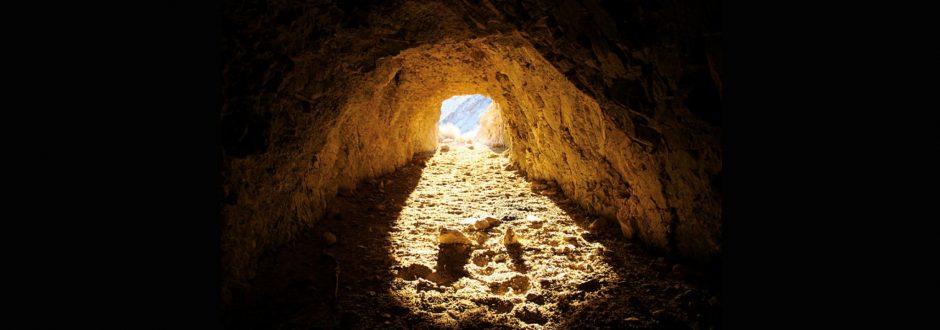Every year we hear that Easter is the great season of hope, but what is this reality we preach? asks Pat O’Gorman.
Everyone hopes for something. It’s an inherent part of being a human being, defining our desires and shaping the self-narrative about the future we all have running inside our minds.
For my niece who struggles with May-Thurner Syndrome, endometriosis, and fibromyalgia disorder, hope is that one day she will conceive her long-wanted child. For the many millennials I know, hope is that one day they might own a house and be able to live sustainably on a planet that is still hospitable to life.
The continuing impact of COVID-19, the war in Ukraine with the renewed possibility of nuclear war, the devastating floods in NSW and Queensland remind us that even at Easter we still feel the pain of the world, the pain in our families and among our friends, and the pain in our own hearts. Into this reality comes HOPE … four letters that carry the aliveness of God into our midst.
Our aliveness is God, and this is incarnated in hope. Hope empowers us to face life on its own terms knowing that whatever happens, God lives in it. Easter hope is a living hope, a hope that is contemporary and real for the present moment, whatever the circumstances of our lives.
A single thread of hope is a powerful thing. It’s that ability to believe that good can happen out of anything. Hope lets us see the places of vulnerability and ensures we don’t get stuck there. Hope is that expression of love that is ultimately stronger than apathy or indifference or hatred. Hope is knowing that we can survive yesterday’s struggle, that we can get back up again and again and again. Once we choose hope anything is possible.
As the wonderful American poet Emily Dickinson reminds us:
Hope is the thing with feathers
That perches in the soul
And sings the tune without the words
And never stops at all.
Easter confirms that human beings will keep on hoping, no matter the odds. No matter what is going on, we always have hope. It’s a gift of life that “sends us dancing around dark corners trusting in a tomorrow we cannot see” (Joan Chittister OSB).
In her book, Waiting in Mindful Hope, Martina Lehane Sheehan suggests that mindful hope is one of the cornerstones of authentic living built on a trust that the Spirit will continue to lead us, and that God will continue to reveal the more. “To have eyes of hope,” she writes, “is to look for the miracle of new growth in the most barren of circumstances and to wait for the flicker of light when we walk through the valleys of darkness.”
Mindful hope is the green shoot amid struggles. It impels us to live consciously on this planet aware of the integral ecology that sees the interconnectedness of environmental, economic, political, social, cultural, and ethical issues. This is the hope we give witness to every Easter and the hope which we are called to live in our daily attentiveness to the possibilities and challenges offered by the present moment.
Hope that Easter Sunday always comes is what enlivens openness to the possibilities that can move through us and fill us with compassion to stand in solidarity with and work for justice for the broken and broken hearted who seem to be experiencing nothing but Good Fridays.
Methodist theologian Marjorie Hewitt Suchocki understood the depths of hope when she wrote: “The edges of God are tragedy; the depths of God are joy, beauty, resurrection, life. Resurrection answers crucifixion; life answers death.” Hope answers despair and indifference. Hope chooses life.
Like the sunflower, the symbol of Ukraine, relentlessly turning its head towards the sun, may we relentlessly turn towards hope in recognition of “the process of happening that I call God” (Rabbi Rami Shapiro). Easter hope is our aliveness in God, our participation in the paschal mystery of life, death, and resurrection. May we continue to give our “Yes” to life and God’s aliveness in us.
Alleluia!
